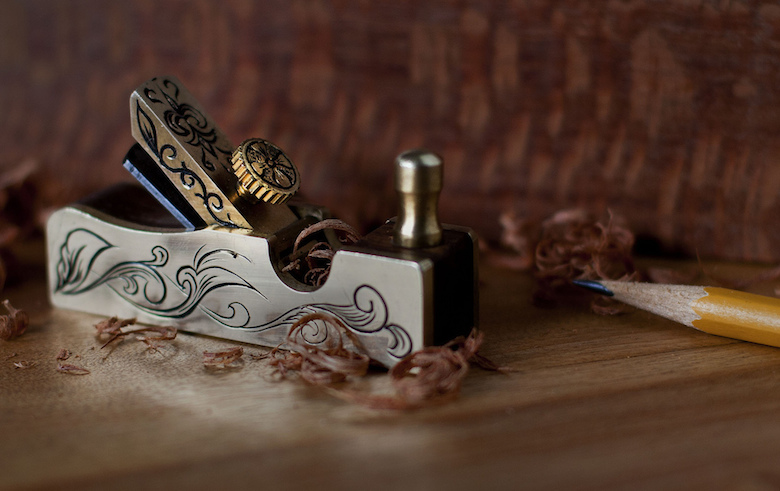A guide to guitar repair tools
A few guitar repair tools are essential if you plan to make repairs or modifications yourself.

While there are some jobs that we'd suggest are best left to an experienced tech, like fixing a broken head stock for example, or anything that involves gluing significant pieces together, there are plenty of jobs you can do yourself. And for those, you'll need a good set of guitar repair tools. Here's what we recommend.
To start with, you'll need a good instruction manual, or at the very least to do some research and find a YouTube video or six which explains how to make the repair you need to perform. Don't just use the first video you find, watch a few to find the one that suits your repair job best.
Now, onto the tools.
Screwdrivers
An essential component of any tool kit. You should have at least three flat head and three Phillips screwdrivers in a range of sizes. Obviously, you won't need a huge one for any repair on a guitar, so choose the sizes sensibly.
Hex Keys
Not everything you'll need to unscrew will have be a screw, so keep hex keys in different sizes in your guitar toolkit. You'll need them for saddles, truss rods, locking nuts, tremolos, and more. Collect as many as you can find, and include both metric and imperial sizes.
Nut drivers
You could, and I have, tightened an output jack with a spanner, but a nut driver is the tool designed for the job. You'll also need it for tone and volume pots, switches, tuning key collars, and some truss rods.
Measuring tools
If you want to go beyond carrying out minor repairs and venture into setting up your own guitar, you'll need some tools for checking measurements. A string action guide, like this one from Stewart MacDonald is invaluable for quickly measuring action and neck relief. And a short metal rule is hand for measuring pickup height, or for replacing knobs and machine heads.
Nut files
The handy little files are used for smoothing the grooves in the nut into which the strings slot. You'll need one for each sting width. If in doubt about the size you need, err on the small side, you can always use the file to make the slot a little wider.
String Winder
Yes, you can do it by hand. But using a string winder will give you a better finish. Try and find one like this one from Planet Waves, which includes a bridge pin puller for acoustic guitars and a wire cutter for cutting strings.
The rest. As well as all that, it's worthwhile keeping a soldering iron and some solder handy, if you want to carry out your won electrical repairs or modifications. A can of spray electronics cleaner never goes amiss. And a few toothpicks, Q-Tips (cotton buds), and some super glue will mean you're covered for just about every eventuality.
Have we missed anything? If there's anything you think should be in our guitar repair toolkit, let us know in the comments below.

Recently on Guitar Hive
-
Electric guitar strings - make your next set the best you've ever played
Apr 23, 15 02:06 PM
There are so many different types and brands of electric guitar strings on the market, buying a set can be confusing. Here's how to choose the best set for you. -
The guitar neck – types, profiles, and everything else you wanted to know
Apr 17, 15 02:24 PM
The guitar neck is the most personal part of the instrument. No wonder it comes in so many shapes and types. -
The neck fingerboard radius explained
Apr 15, 15 06:01 AM
The neck fingerboard radius is one of those seemingly complicated features that's really very easy to understand.
On eBay...




New! Comments
Have your say about what you just read! Leave us a comment in the box below.